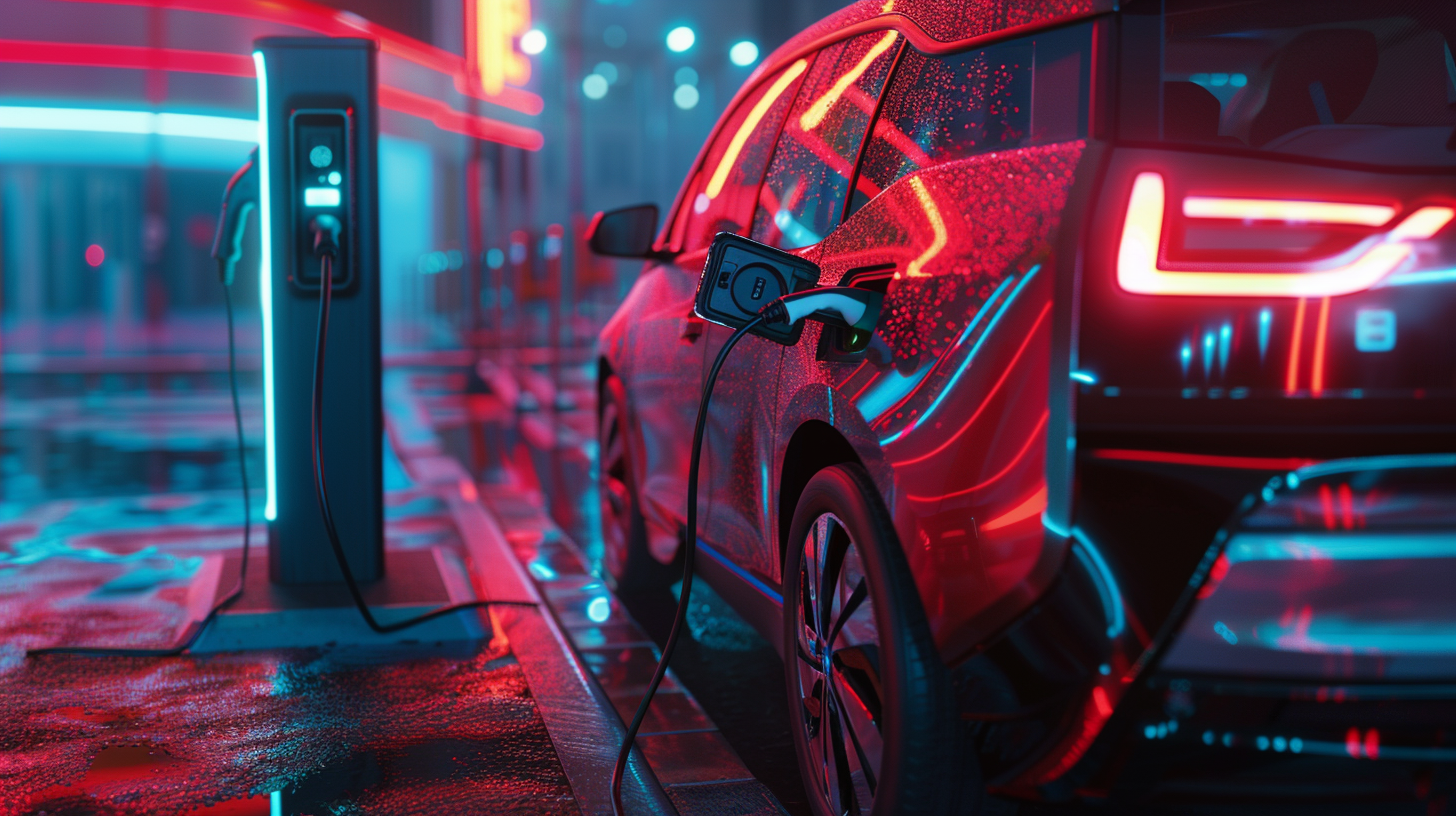
A new class of electrolytes was discovered during an international research project. These are crystalline, but have kinetic properties more similar to those of liquid electrolytes. The new solid electrolyte could mark a breakthrough for the solid-state battery and consequently for electromobility.
A sustainable and climate-friendly transport system based on renewable energy sources still remains pa vision of the future. The breakthrough of electric mobility represents a giant step in this direction. After all, electric vehicles had promised zero emissions from exhaust discharges. One hurdle still needs to be overcome before this can happen: the realization of efficient and safe accumulators!
Highly promising solid-state battery
Current state-of-the-art accumulators are still inferior to conventional liquid fuels for combustion engines – both in terms of energy density and economy. For the time being, lithium-ion batteries have prevailed. Nevertheless, demand remains limited. What discourages sustainably minded consumers are the high prices and limited range. Solid-state batteries are expected to lead to a breakthrough.
Poor ion conductivity
Solid-state batteries have a significantly higher energy density than lithium-ion batteries. At the same time, these batteries are more compact and more cost-effective in the long term than conventional lithium-ion batteries. A further advantage is their insensitivity to temperature fluctuations. High and low temperatures in liquid electrolytes can cause these electrolytes to freeze or boil. This also means that solid-state batteries are non-combustible.
The reason why the development of solid state batteries has so far failed is because of its poor ion conductivity. This is still lagging far behind conventional liquid electrolytes.
LTPS – a new ion conductor
Researchers from Graz University of Technology, together with colleagues from Munich Technical University and the Belgian Université Catholique de Louvain, presented a solid state electrolyte for batteries with the highest level of lithium-ion mobility measured to date. The new ionic conductor follows the LiTi2(PS4)3 empirical formula and is a lithium titanium thiophosphate (LTPS). The material has a distinctive feature: it has a crystal structure that leads to geometric frustration. For the new ionic conductor this means that the crystal structure does not offer any energetically advantageous locations for ions. Such ions are never satisfied with their location and are therefore susceptible to frustration. It is precisely this frustration that leads to a very high level of lithium movement. This was demonstrated in calculations made by the group around Geoffroy Hautier from the Belgian Université catholique de Louvain.
“The lithium ions are more or less ‘desperate’ to find a suitable spot and therefore move very quickly through the crystallographic structure of LTPS. It is precisely this high level of ion movement that we are looking for in electrolyte bodies for solid-state batteries.”
Martin Wilkening from the Institute for Chemistry and Technology of Materials at the TU Graz and head of the Christian Doppler Research Association lithium battery lab located there.
High level of ion mobility
The team around Wilkening conducted an experiment using nuclear resonance methods in order to test Hautier’s calculations and was able to confirm them. Two pure jump processes gave clear indications of the high mobility levels of the ions. LTPS has a ring-shaped structure. The lithium ions use this structure to jump back and forth and from one ring to the next. Wilkening explains that it is the intra-ring process that enables long-range ion transfer.
Insensitive to temperatures
The intra-ring pure jump processes could not yet be completely deactivated even at extremely low temperatures. Even at 20 Kelvin (minus 253 degrees Celsius) on the sensitivity scale of nuclear magnetic resonance spectroscopy, the lithium ions are still moving and seeking a suitable location within LTPS. This behavior clearly differs from that of known ions, whose motion decreases significantly with falling temperatures. The operating temperature in a solid state battery in an electric vehicle would never be so low, according to Wilkening.
Seeking more compounds
The nature of energetic frustration has made LTPS a representative of a new class of electrolytes. These are crystalline yet have kinetic properties more similar to those of liquid electrolytes. The discovery of the conductive material marks the beginning of a quest for other compounds where a similar conduction mechanism prevails.
The study was carried out in collaboration with Toyota Motor Europe. Additional collaborative partners were the Technical Universities of Graz and Munich, the Toray Research Center (Japan) and the Université catholique de Louvain (UC Louvain; Belgium). The latter has filed a patent for the discovery of LTPS.
Also of interest:
Multi-million investment” for Elestor’s revolutionary hydrogen bromine flow battery
Solid-state battery with high energy density thanks to lithium anode
Low-cost and Environmentally Friendly Battery Production for the Electric Car of Tomorrow







